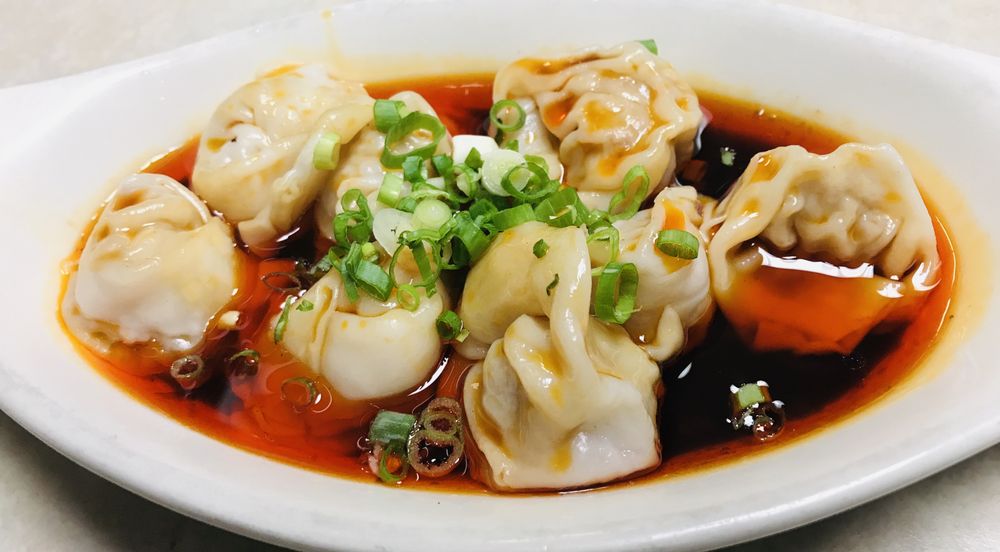Steamed vegetable buns, also known as baozi, are a type of Chinese dim sum that has been gaining popularity in recent years. These buns are typically filled with vegetables, such as mushrooms, carrots, and cabbage, along with other ingredients like tofu, seitan, or tempeh. They are then steamed until the dough is fluffy and the filling is piping hot.
In this article, we will delve into the history and cultural significance of steamed vegetable buns, as well as provide some tips on how to make them at home.
The History of Steamed Vegetable Buns
Steamed buns have a long history in Chinese cuisine, dating back to the Han Dynasty (206 BCE-220 CE). Originally, these buns were filled with meat, such as pork, beef, or chicken, and were a popular food item for travelers and soldiers due to their portability and long shelf life.
Vegetarianism has been a part of Chinese culture for centuries, particularly among Buddhist monks and nuns who refrain from eating meat for spiritual and ethical reasons. As a result, vegetarian versions of steamed buns started to emerge, with fillings such as vegetables, mushrooms, and tofu.
Today, steamed vegetable buns are enjoyed by people of all backgrounds and dietary preferences, and are often found in Chinese restaurants and markets around the world.
The Cultural Significance of Steamed Vegetable Buns
In Chinese culture, food plays an important role in social gatherings and celebrations. Steamed buns are often served during family gatherings and festivals, such as the Chinese New Year or the Mid-Autumn Festival.
The shape of steamed buns is also significant. Traditionally, they are round with a pleated top, resembling a purse or a gold ingot. This shape symbolizes wealth and prosperity, making steamed buns a popular food item during weddings and other auspicious occasions.
Making Steamed Vegetable Buns
Making steamed vegetable buns at home can seem like a daunting task, but with a little practice, it can be a fun and rewarding experience.
Here is a recipe for vegan steamed vegetable buns:
Ingredients:
- 2 cups all-purpose flour
- 1 tsp instant yeast
- 1/4 cup sugar
- 1/2 cup warm water
- 1 tbsp vegetable oil
- 1 tsp baking powder
- 1/2 tsp salt
- 1 cup finely chopped vegetables (such as mushrooms, carrots, cabbage)
- 1/2 cup crumbled tofu or tempeh
- 1 tbsp soy sauce
- 1 tbsp rice vinegar
- 1 tbsp cornstarch
- 1 tbsp vegetable oil
Instructions:
- In a large bowl, combine flour, yeast, sugar, and warm water. Mix until a dough forms.
- Knead the dough on a floured surface for 5-10 minutes, until it becomes smooth and elastic. Place the dough in a clean, oiled bowl, cover with a damp towel, and let it rest for 1 hour.
- In a separate bowl, mix together the vegetables, tofu or tempeh, soy sauce, rice vinegar, cornstarch, and vegetable oil.
- After the dough has rested, punch it down and divide it into 12 equal pieces. Roll each piece into a circle, about 4 inches in diameter.
- Spoon a small amount of the vegetable filling onto each circle of dough, and pinch the edges together to seal the filling inside.
- Place the buns in a steamer basket, making sure to leave enough space between them for expansion. Let them rest for 10 minutes.
- Bring water to a boil in a steamer pot or wok. Place the steamer basket in the pot or wok, making sure that the water does not touch the bottom of the basket.
- Cover the steamer pot or wok with a lid, and steam the buns for 15-20 minutes, or until the dough is fluffy and the filling is hot.
- Remove the steamer basket from the pot or wok, and let the buns cool for a few minutes before serving.
Conclusion
Steamed vegetable buns are a delicious and nutritious food item that has a rich history and cultural significance. Making them at home can be a fun and rewarding experience, and allows for customization of the filling to suit individual tastes and dietary preferences.
By understanding the history and cultural significance of steamed vegetable buns, we can appreciate them even more as a food item that brings people together and symbolizes wealth and prosperity.
So next time you’re in the mood for dim sum, consider trying steamed vegetable buns for a tasty and satisfying alternative to meat-filled buns. And if you’re feeling adventurous, try making them at home and impress your friends and family with your culinary skills.


